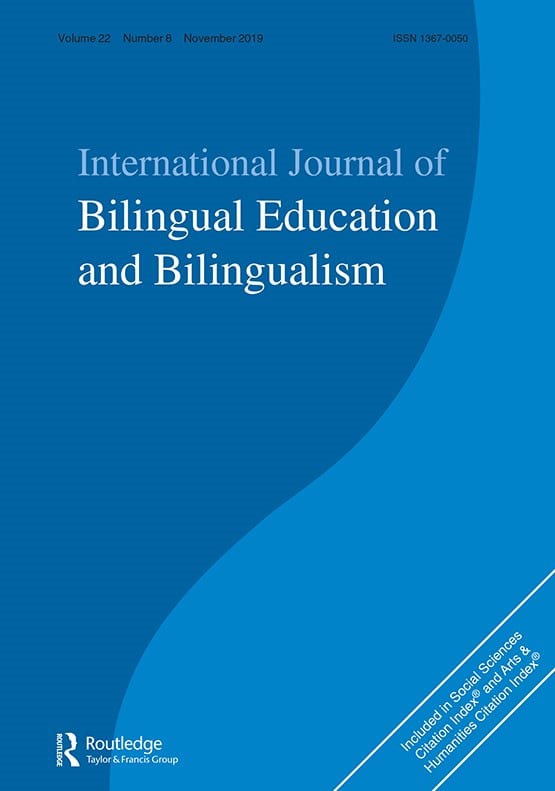The group of Prof. Juan Zhang and their colleague Prof. Zhen Yuan have published one article in one prominent linguistic journal, International Journal of Bilingual Education and Bilingualism. They provided the first electrophysiological evidence showing that emotion is shaped by the second language (L2) by combining behavioral and event-related potentials (ERPs) measurement.
It is well established that emotion is extensively influenced by language. However, previous studies mainly focus on the first language (L1) rather than the second language (L2). The current study explored whether L2 shapes emotion perception in masked priming paradigm by distinguishing emotion-label words (e.g. fear, pride) and emotion-laden words (e.g. breakup, mother). Twenty-three Chinese-English bilinguals were instructed to judge the valence of the emotional pictures that were followed by masked and briefly presented L2 emotion words. Behavioral results showed that emotional pictures primed by negative emotion-label words were processed faster and more accurate than primed by emotion-laden words. Event-related potential results further revealed that emotional pictures elicited smaller N300 primed by negative emotion-label words than by emotion-laden words. The converging evidence suggests that second language can also modulate emotion perception fast and automatically, and such modulation is dependent on emotion word type.
The International Journal of Bilingual Education and Bilingualism is multidisciplinary and focuses on all aspects of bilingualism and bilingual education around the world. Theoretical and conceptual analysis, foundational and applied research using qualitative or quantitative approaches, critical essays, and comparative book reviews are all invited. Contributions from varied disciplines are welcome: linguistics, sociology, psychology, education, law, women’s studies, history and economics, informatics included.
The journal is truly a leading journal in linguistics and has been cited widely in the field, resulting in a high impact factor (2.620). It is ranked 9th among the 184 SSCI linguistic journals (top 5%), according to 2017 Journal Citation Reports®.

